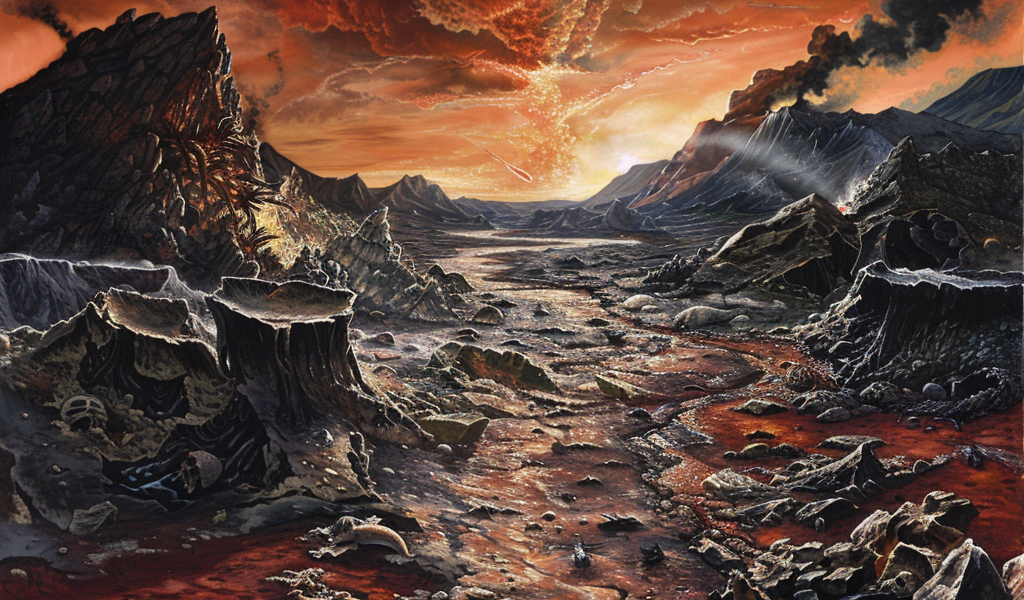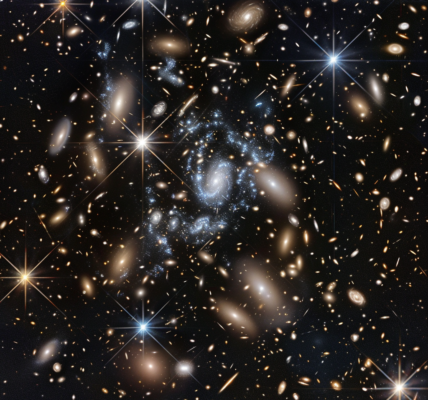Approximately 252 million years ago, Earth experienced one of its most significant geological events: the Permian-Triassic mass extinction. This catastrophic event led to the extinction of about 90% of all species on the planet, including many insect species that typically withstand environmental changes. The extinction is recognized as the most severe of the five major mass extinctions in Earth’s history.
For many years, scientists attributed the primary cause of this mass extinction to greenhouse gases released from extensive volcanic activity in the region known as the Siberian Traps. This volcanic activity, characterized by massive lava flows, released significant amounts of carbon dioxide and other gases into the atmosphere, resulting in dramatic climate changes. The consequences were dire: acid rain, oxygen depletion in oceans, and a sharp rise in global temperatures that surpassed the tolerance levels of most organisms.
However, recent research has unveiled a more complex picture of this extinction event. A new study suggests that an enormous El Niño weather pattern played a crucial role in exacerbating the climate crisis during this period. The findings indicate that this significant oceanic phenomenon contributed to the widespread environmental chaos that led to the extinction of numerous species.
The timing of the extinction aligns closely with the onset of intense volcanic activity in the Siberian region. As the second phase of volcanism began, the Earth’s climate underwent rapid changes. The combination of volcanic gases and the effects of an El Niño-like event created a feedback loop that intensified global warming. This dual impact overwhelmed ecosystems, pushing many species beyond their survival thresholds.
One of the critical questions that researchers have grappled with is why species did not simply migrate to cooler areas as temperatures soared in the tropics. The study proposes that the extreme and rapid nature of the climate changes, driven by both volcanic activity and the El Niño phenomenon, rendered many habitats inhospitable, hindering migration efforts.
The Permian-Triassic extinction serves as a stark reminder of the fragility of ecosystems in the face of rapid climate changes. The findings from this recent study highlight the importance of understanding the interplay between natural events, such as volcanic eruptions and oceanic patterns, in shaping the planet’s biological history.
As scientists continue to investigate the complexities of past extinction events, the lessons learned can inform our understanding of current climate challenges. The interconnectedness of geological and climatic factors underscores the need for holistic approaches to studying Earth’s history and predicting future ecological outcomes.
In summary, the Permian-Triassic mass extinction was not solely the result of volcanic activity but rather a combination of catastrophic geological and climatic forces. This new perspective sheds light on the intricate dynamics that can lead to widespread biodiversity loss and emphasizes the need for continued research into the Earth’s climatic past to better understand its future.





